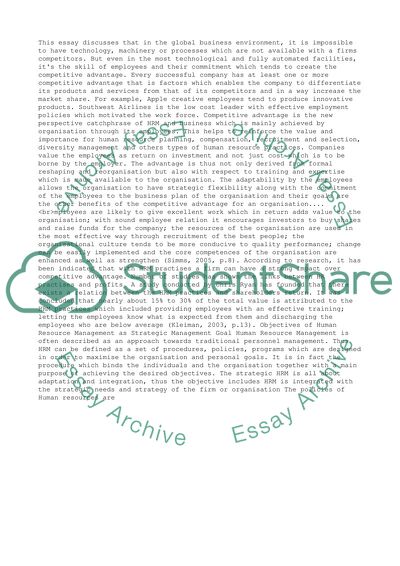Cite this document
(“Why is Human Resource Management Important Essay”, n.d.)
Retrieved de https://studentshare.org/business/1396296-why-is-human-resource-management-important
Retrieved de https://studentshare.org/business/1396296-why-is-human-resource-management-important
(Why Is Human Resource Management Important Essay)
https://studentshare.org/business/1396296-why-is-human-resource-management-important.
https://studentshare.org/business/1396296-why-is-human-resource-management-important.
“Why Is Human Resource Management Important Essay”, n.d. https://studentshare.org/business/1396296-why-is-human-resource-management-important.


